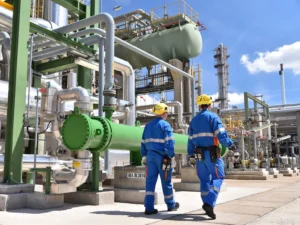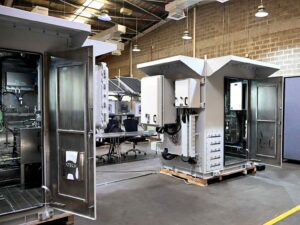As industries transition toward greener operations, the demand for safety systems that balance performance with environmental responsibility is increasing. This case study explores how a leading energy operator implemented a sustainable pressure protection system without compromising reliability or safety.
Background
The client operates a mid-sized offshore platform in a region with strict environmental regulations. Their existing pressure protection system was aging, prone to maintenance issues, and relied heavily on non-renewable resources for operation. The goal was to upgrade to a system that met API RP 14C standards while reducing environmental impact.
Challenges
- Harsh offshore conditions leading to accelerated equipment wear
- Need to comply with new emission and waste-reduction regulations
- Desire to reduce operational downtime during installation
- Limited space for additional control infrastructure
Solution
Our engineering team designed and installed a hybrid hydraulic-electric pressure protection system that incorporated:
- Low-power electric actuators to replace energy-intensive pneumatic drives
- Biodegradable hydraulic fluids to minimize environmental risk in case of leaks
- Smart monitoring sensors for real-time system health and pressure readings
- Modular components for easy future upgrades without major downtime
Results
- 25% reduction in system energy consumption
- 40% lower maintenance requirements compared to the legacy system
- Zero unplanned shutdowns in the first 12 months of operation
- Compliance with both local and international environmental standards
Sustainability Impact
The shift to eco-friendly hydraulic fluids and energy-efficient components significantly reduced the platform’s carbon footprint. Additionally, the modular design ensured that future expansions or technology integrations would have minimal environmental and operational impact.
Conclusion:
This project demonstrates that pressure protection systems can be both robust and sustainable. By leveraging modern components, smart monitoring, and eco-conscious design




